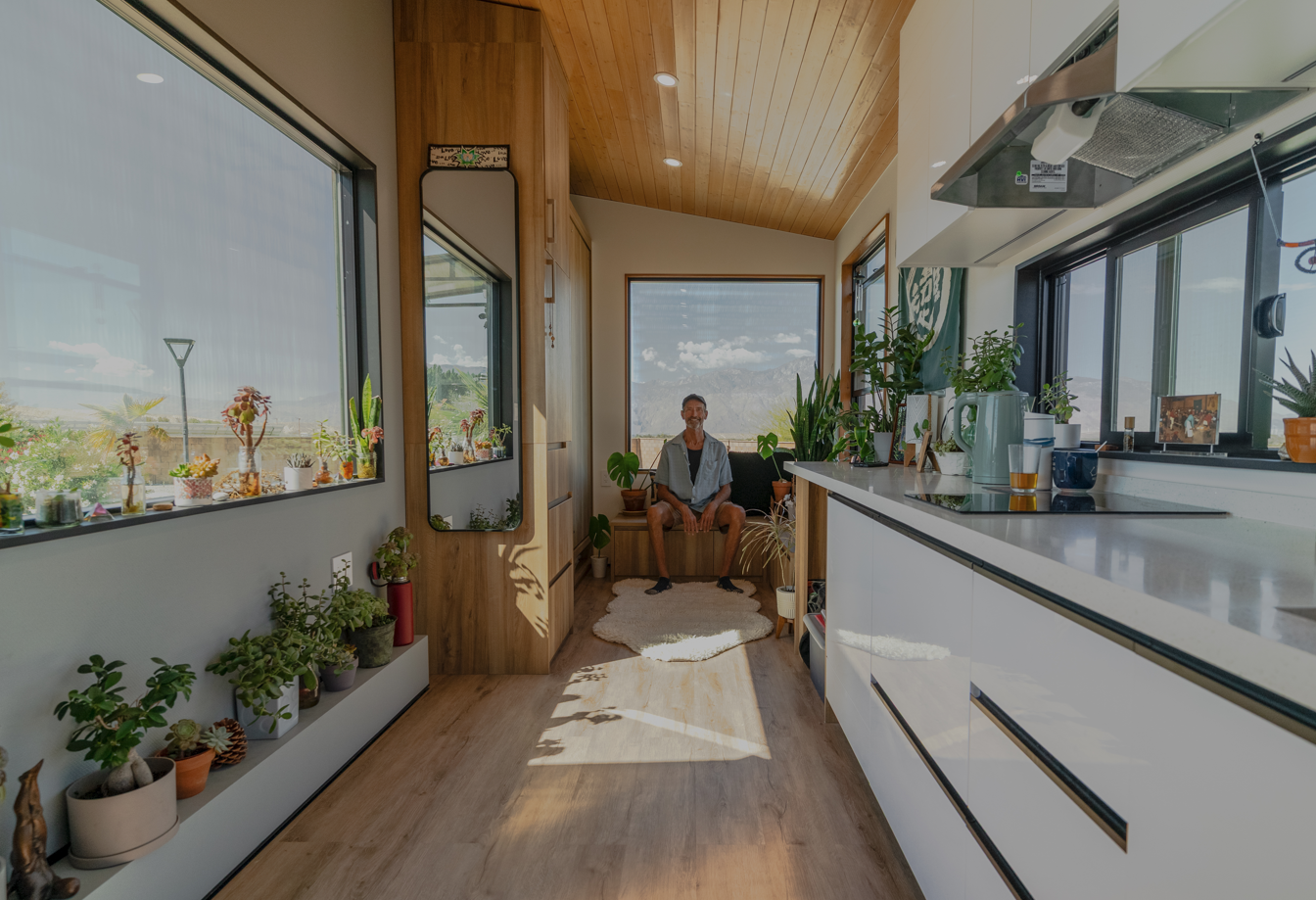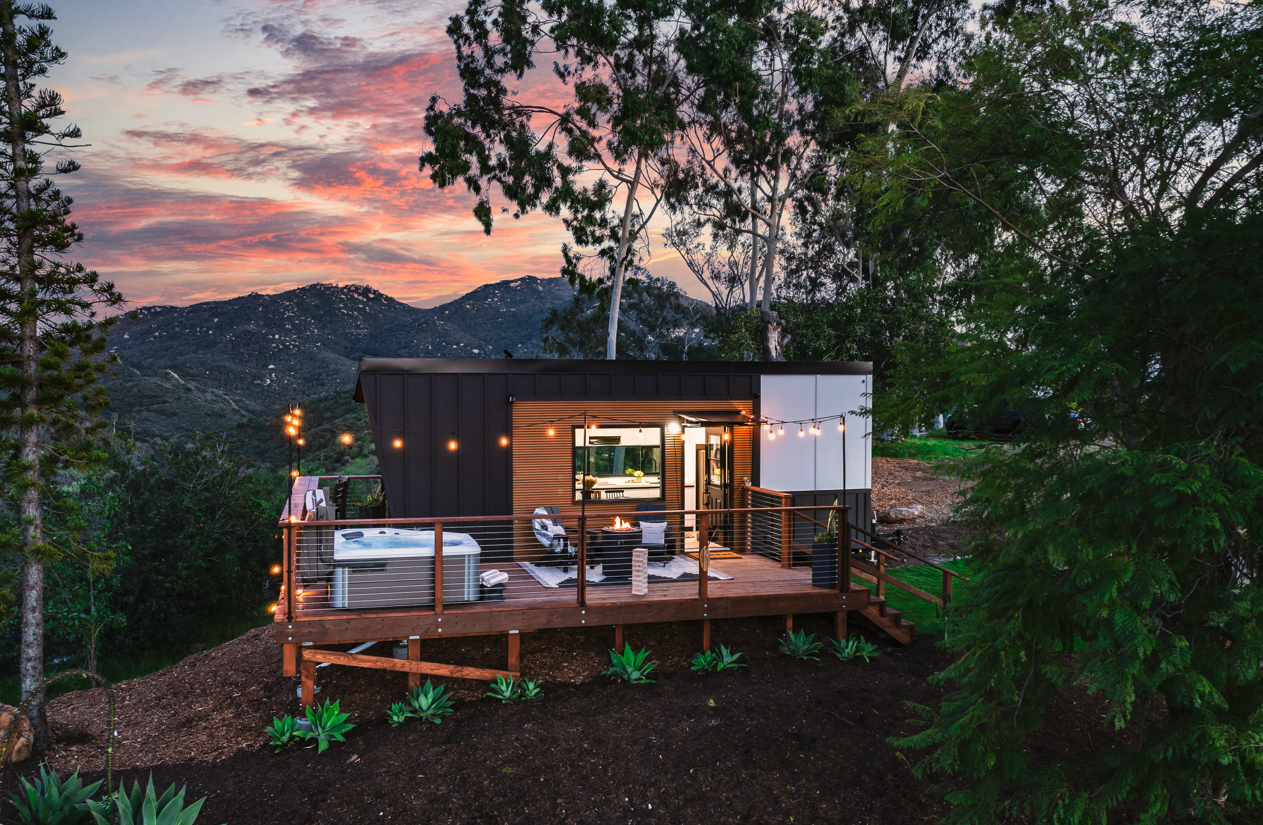Tiny homes haven’t faded, they’ve evolved.

What began as a grassroots movement built on freedom, DIY grit, and off-grid experimentation has grown into a legitimate corner of the housing market. In 2025, the conversation isn’t if tiny homes work, it’s how they’re changing to meet real housing needs.
The early movement laid the groundwork
Before we talk about what’s new, it’s worth acknowledging what got us here.
Those early builders — the ones towing hand-built homes across state lines, learning codes by trial and error — are the reason the industry exists at all.
They proved a small space could still feel like a home. They made zoning departments pay attention. And they showed the public that downsizing wasn’t just a lifestyle trend — it was a statement.
That groundwork paved the way for what’s happening now: regulation catching up, construction quality improving, and more Americans seeing tiny homes on wheels as a real alternative, not a loophole.
The rules are finally catching up
In San Diego County, tiny homes on wheels (THOWs) are now recognized as official dwellings — a milestone few thought possible ten years ago.
The county’s Director’s Determination confirms that THOWs meeting ANSI A119.5 standards can be used as full-time residences on properly zoned land.
Clever Tiny Homes recently broke down what that means for buyers and owners in this short video:
🎥 Watch: San Diego’s New Tiny Home Rules Explained
And it’s not just Southern California. The Tiny Home Industry Association (THIA) continues tracking new legislation nationwide, from Colorado to Maine, expanding what’s legally possible for movable homes.
Related link: See the latest state-by-state updates.
This shift is what transforms “living tiny” from a gray area into a supported housing option.
The design language has matured
The soul of the movement is the same — efficient, intentional living — but the builds themselves are in a different league.
Where early models leaned on resourcefulness and salvage, 2025 builds prioritize durability and comfort:
- Superior insulation for all-climate performance
- Protected plumbing enclosed within the structure
- Rainscreen cladding for moisture protection
- Continuous ventilation systems for healthy indoor air
These aren’t luxury add-ons. They’re what make a tiny home on wheels feel solid and livable long term.
Every Clever Tiny Home integrates these standards from the ground up. It’s how we bridge the gap between mobility and permanence — small homes built like real homes.




The cost reality
Yes, prices have climbed. Materials, energy, and transportation all cost more in 2025.
A quality build from a reputable manufacturer typically ranges from $80K–$100K, compared to over $420K for a median traditional home. The gap remains wide enough that tiny homes still offer one of the most accessible paths to ownership — especially when factoring in reduced utilities and maintenance.
And unlike fixed housing, a tiny home for sale today can double as an income property, a mobile business asset, or a future ADU.
Financing and incentives finally make sense
Another quiet revolution: financing has matured.
Buyers can now access chattel and RV loans designed specifically for tiny homes.
For those purchasing as rentals or business use, bonus depreciation allows significant first-year tax savings.📺 Watch Jonathan explain how bonus depreciation works for tiny homes.
What used to be a patchwork of workarounds now looks like a real financial ecosystem — one that supports long-term ownership.
The community is still the heartbeat
Tiny home expos are thriving again. People come not just to see layouts, but to share stories, find parking partners, and trade lessons learned.
When Clever Tiny Homes joined a recent Tiny Fest Expo full of the industry's top builders, founder Jonathan led an open Q&A — answering what buyers really ask:
“How do I get financing?”
“Can I move this legally?”
“What’s included after delivery?”
🎬 Watch the Q&A highlight here
That’s what 2025 feels like: collaboration replacing isolation, and real homes replacing prototypes.
The next phase
Tiny homes are no longer defined by rebellion. They’re defined by resilience.
They began as a creative workaround and evolved into one of the few housing options that blend durability, design integrity, and environmental responsibility.
At Clever Tiny Homes, that’s the standard we build toward — homes that respect their roots but meet the moment.
Explore how thoughtful design and engineering make small living work in 2025 and beyond: 👉 See our latest models

